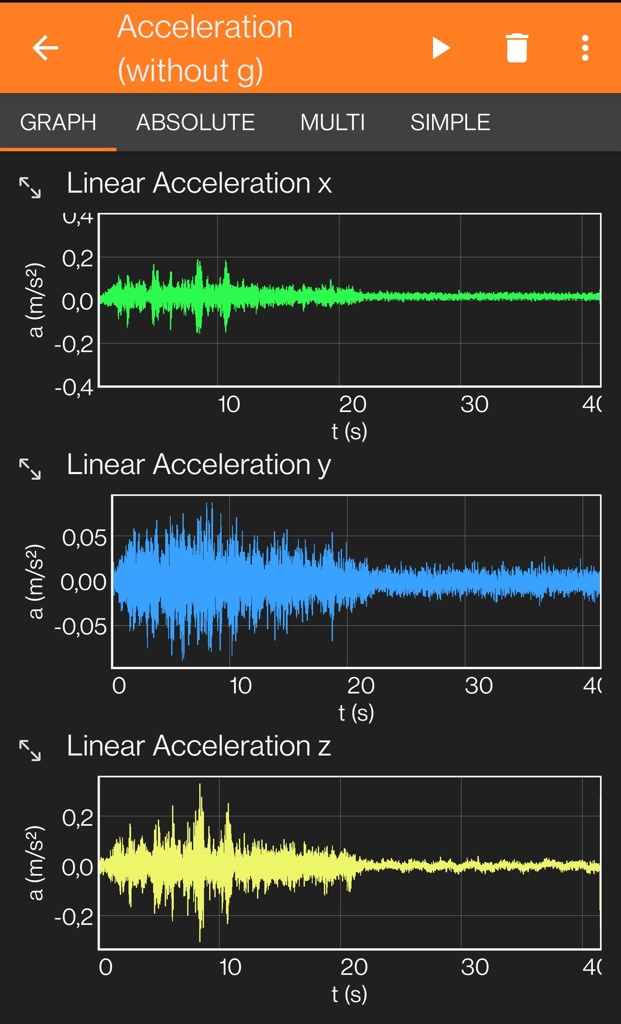I believe it doesn't really matter much whether you want to protect the environment from vibrations of the machine vs. protecting the machine from vibrations of the environment - in both cases, decoupling the systems is what you want to achieve.
Eventually, you want to build a TMD: https://en.m.wikipedia.org/wiki/Tuned_mass_damper
I personally had to deal with the case of a large format CNC machine transferring stepper motor vibrations into an adjacent office via the wall-mounted brackets it was sitting on. People started to complain shortly after installation since the noise was very audible in the otherwise quiet working environment.
The solution involved placing the machine on a plate mounted via rubber decouplers (see https://www.dayco.com/en/product/decouplers) which in turn was mounted to a shop-built TMD using a rubber core sandwiched between two foam plates. The rubber core works as both mass and absorbs additional vibrations. It was built following a paper, but unfortunately, that was around 7 years ago and I'm not sure I'll be able to dig the publication out again.
You can in fact simulate the TMD and do the tuning (see for example https://www.mathworks.com/help/simscape/ug/mass-spring-damper-in-simulink-and-simscape.html , though dedicated software packages also exist) but in all honesty, that will probably be overkill for your case.
Having your NAS sit on a 1/2" board of baltic birch plywood resting on a foam sandwich is probably going to do the trick in your case. You can easily create such a sandwich using foam, a rubber mat and some spray glue. Different foam densities will give different results and yield different "tunings" - you may have to play around with this a bit. I could imagine you'll most likely even be able to skip the second decoupling step (rubber feet/decouplers), in the aforementioned case the second decoupling allowed for another set of frequencies to be dampened (via a different overall rubber hardness) but also brought overall amplitude down.
Don't use super soft foam, as this will yield a wobbly base, something you probably want to avoid for your NAS. Also, make sure not to attach the base board to anything else apart from the foam, or you'll transmit vibrations again. If you don't like the appearance of the foam, you can build a small fence around it that goes up to the top of the base plate.
All that being said, there are also ready-made solutions like speaker dampening feet available: https://www.amazon.com/Tertullus-Speaker-Isolation-Feet-Anti-Vibration/dp/B09QC2L7N3
Most of them are made to decouple subwoofers, so they might fit into the frequency spectrum you specified. Those couls certainly be an affordable and rather quick way to solve the problem.

